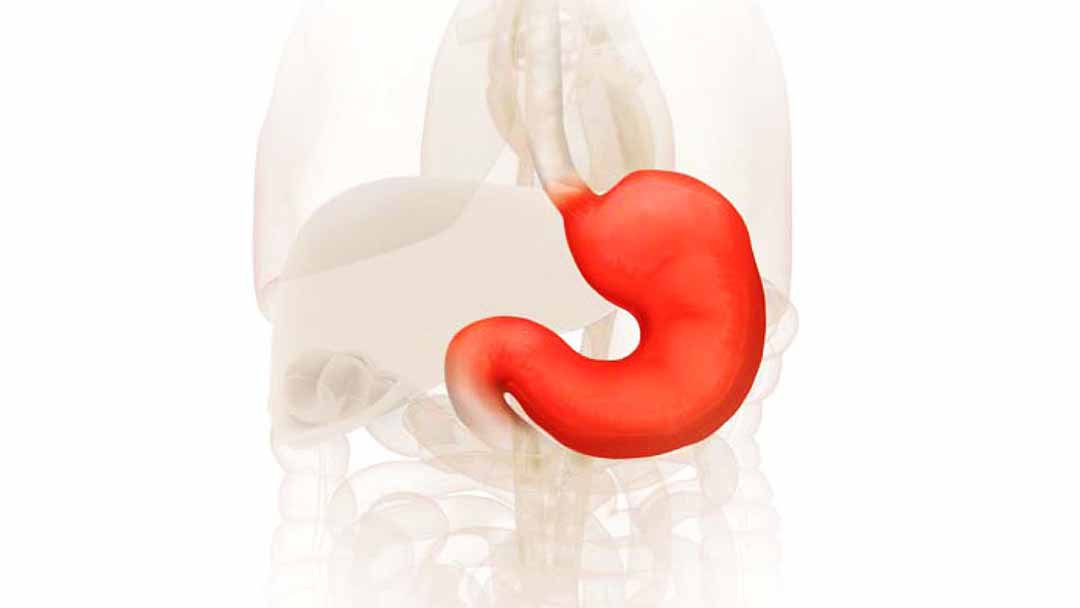Protein digestion begins in the mouth, where the mechanical and chemical processes of breaking down food first take place. While chewing, the teeth mechanically break down food into smaller pieces, increasing its surface area for enzymatic action. Saliva, produced by the salivary glands, contains the enzyme amylase, which initiates the breakdown of carbohydrates. Additionally, saliva contains small amounts of enzymes called proteases, which start the process of breaking down proteins into smaller peptides.
The Gastric Digestion Chamber
Once food is swallowed, it travels down the esophagus and enters the stomach, where protein digestion continues in earnest. The stomach lining contains specialized cells called chief cells, which secrete pepsinogen—a precursor to the enzyme pepsin. When food enters the acidic environment of the stomach, pepsinogen is activated by hydrochloric acid, converting it into pepsin. Pepsin is a powerful protease that breaks down proteins into smaller polypeptides, facilitating their digestion and absorption in the small intestine.
Absorption and Assimilation
As partially digested food leaves the stomach, it enters the small intestine, where the majority of nutrient absorption takes place. The pancreas secretes pancreatic enzymes—including trypsin, chymotrypsin, and carboxypeptidase—that further break down proteins into amino acids and peptides. These enzymes work in concert with enzymes produced by the small intestine, such as peptidases and aminopeptidases, to break down peptides into individual amino acids, which can then be absorbed into the bloodstream and utilized by the body for various physiological functions.
The Final Frontier of Digestion
The brush border of the small intestine is lined with specialized cells called enterocytes, which are equipped with microvilli that increase their surface area for nutrient absorption. These enterocytes produce enzymes known as peptidases, which are responsible for the final breakdown of peptides into individual amino acids. Peptidases such as aminopeptidase, dipeptidase, and carboxypeptidase play a crucial role in cleaving peptide bonds and releasing amino acids for absorption into the bloodstream.
Distributing Nutrients to the Body
Once absorbed into the bloodstream, amino acids travel to the liver, where they undergo further processing and distribution throughout the body. The liver plays a central role in metabolizing amino acids, converting them into energy, synthesizing new proteins, and producing essential molecules such as hormones and enzymes. Amino acids not immediately utilized by the liver are transported via the bloodstream to various tissues and organs, where they are incorporated into proteins and used for growth, repair, and maintenance of bodily functions.
Colon: Farewell to Unabsorbed Proteins
While the majority of protein digestion and absorption occurs in the small intestine, some undigested proteins may reach the colon, where they serve as substrates for bacterial fermentation. The colonic microbiota break down these proteins into short-chain fatty acids and gases such as methane, hydrogen, and carbon dioxide, which are either absorbed by the colon or excreted in the feces. While the colon does not play a significant role in protein digestion, its microbial inhabitants contribute to overall digestive health and the production of essential nutrients.
The Multifaceted Journey of Protein Digestion
In conclusion, protein digestion is a complex and multifaceted process that begins in the mouth and continues through the stomach, small intestine, and beyond. Enzymes produced by various organs and tissues work together to break down dietary proteins into amino acids, which are then absorbed into the bloodstream and utilized by the body for growth, repair, and energy production. Understanding the sequential steps of protein digestion provides insight into the intricate workings of the digestive system and underscores the importance of a balanced diet rich in protein for overall health and well-being.
